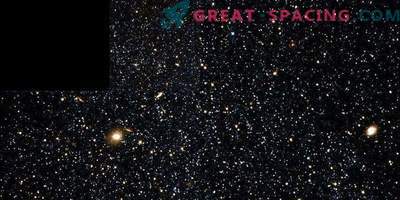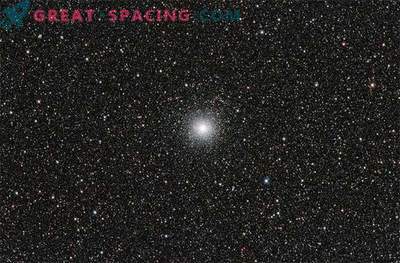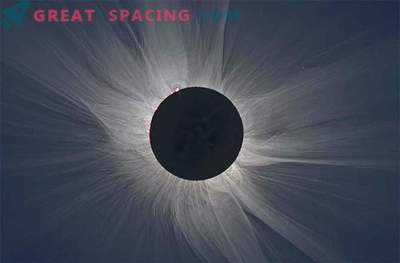
Large-scale theft may occur in interstellar space.
Some of the most distant stars can be borrowed from outside. Such an idea was put forward in a study published on Wednesday.
The unintentional donor (Dwarf Elliptical Galaxy in Sagittarius) is one of many miniature galaxies looping around the Milky Way. From our planet, it is separated 3.4 million light years.
The computer model shows that the Sagittarius “pays” every time it flies past a large neighbor. The gravity tug of the Milky Way baggage appropriated about 1/3 of the objects of the dwarf galaxy and 90% of dark matter.
“It created three different star streams, stretching one million light years from the center of our galaxy. They stretch to the edge of the halo and display one of the largest formations seen in the sky, ”wrote representatives of the Harvard-Smithsonian Center for Astrophysics.
The conclusion follows from the work, proving that 5 of the 11 most distant stars are located approximately 300,000 light years from Earth. And this is far beyond the line of the Milky Way spiral disk. Graduate student Marion Diriks and Harvard theorist Avi Loeb created a computer model to chart the route of movement of a dwarf galaxy over the past 8 billion years, adjusting its initial speed and angle to the Milky Way to match current observations of backward stars.
“The starting speed and angle of passage have a great influence on the orbit, as well as the speed and angle of launch of the missiles affect their trajectory,” said Loeb.
The study states that data on the five stars indicate that they were “pulled out” of the Sagittarius dwarf galaxy billions of years ago.
The remaining six distant inhabitants of the Milky Way may have emigrated from another dwarf galaxy.
At this time, Diriks and his colleagues continue to hunt for the rest of the transplants of Sagittarius.











































